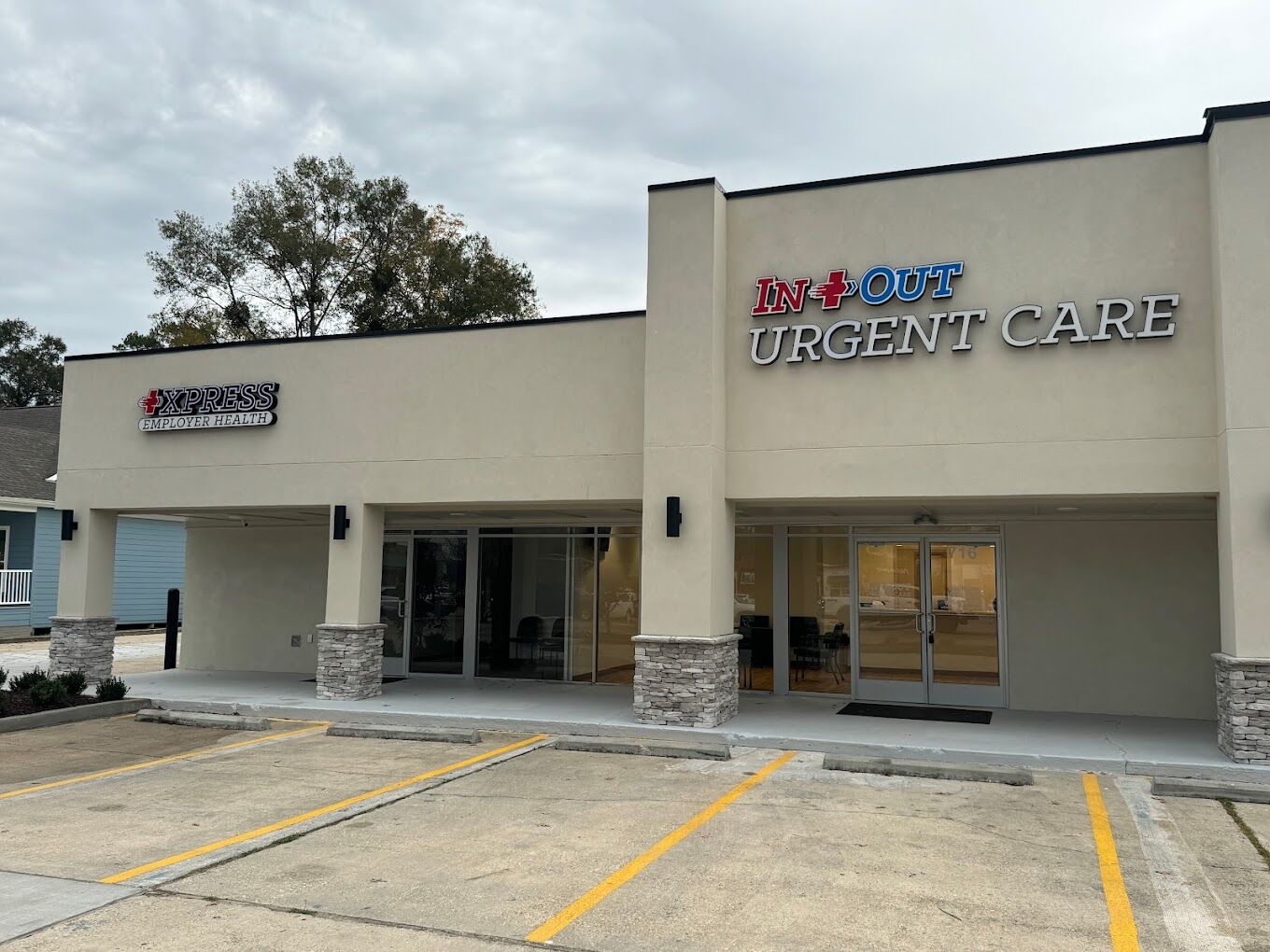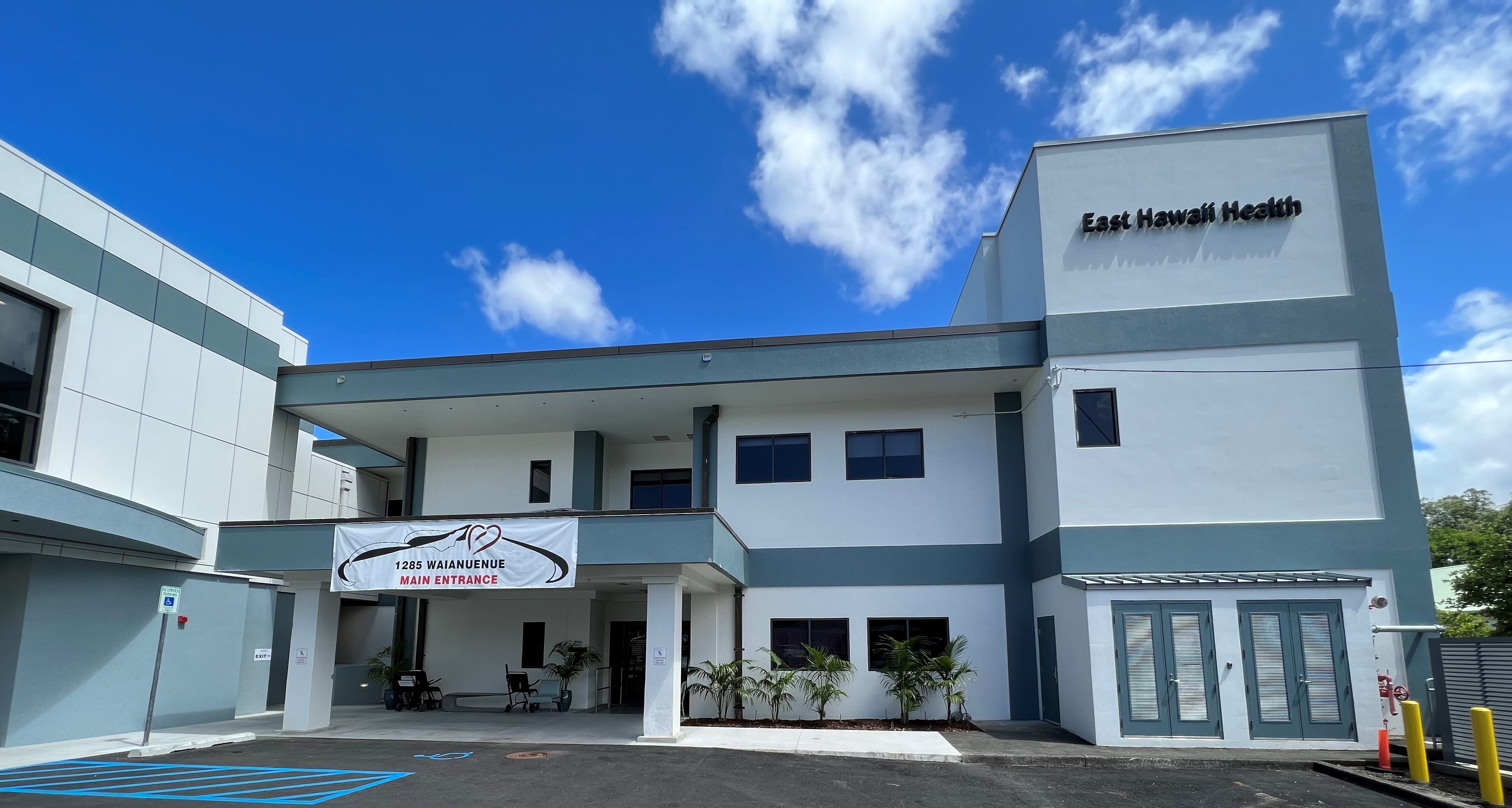The Ultimate Guide to Recognizing Urgent Care Clinics
The Ultimate Guide to Recognizing Urgent Care Clinics
Blog Article
Understanding the Duty of Urgent Treatment in Providing Timely Therapy for Non-Life-Threatening Conditions
Immediate care facilities have arised as a vital part of the health care landscape, attending to the prompt demands of clients with non-life-threatening conditions. By offering available and prompt medical services, these facilities properly connect the space in between medical care and emergency departments. The implications of their duty extend beyond mere benefit, prompting a better assessment of when and exactly how these facilities are utilized. Understanding the nuances of immediate treatment can significantly affect patient outcomes and the overall effectiveness of health care distribution. What aspects contribute to their expanding importance in modern medication?
What Is Urgent Treatment?
Urgent care describes a classification of clinical solutions developed to attend to non-life-threatening conditions that require instant interest. These centers function as an intermediary between primary care doctors and emergency situation rooms, using a practical choice for people that need timely treatment without the comprehensive waiting times usually related to emergency departments.
Immediate treatment facilities are usually staffed by medical experts, including physicians, registered nurse practitioners, and doctor assistants, who are educated to identify and treat a large variety of problems. Typical solutions provided by these facilities include therapy for small injuries, health problems, and infections, as well as analysis examinations such as X-rays and laboratory job.
The accessibility of urgent care is an essential aspect in its charm, as many facilities operate beyond regular office hours, including evenings and weekends. When their key care provider might not be obtainable, this extensive schedule allows patients to receive timely care. In addition, immediate treatment centers frequently accept walk-in individuals, getting rid of the requirement for visits. On the whole, urgent care plays an important function in the health care system, ensuring individuals can access vital medical services immediately and efficiently.

Lots of people may discover themselves uncertain concerning when to look for care at an urgent care center as opposed to a medical care doctor or an emergency clinic. Urgent treatment is created to address non-life-threatening conditions that need prompt focus but are not serious sufficient to warrant an emergency space go to.
Normally, one ought to think about urgent care for issues such as minor cracks, sprains, cuts requiring stitches, or infections like urinary system tract infections. Furthermore, cool or flu signs and symptoms, breakouts, and allergic reactions can also be properly taken care of in this setting.
It is essential to keep in mind that immediate care is not suitable for deadly emergencies, such as chest discomfort, trouble breathing, or extreme bleeding, which demand prompt emergency space treatment.
People who lack access to a medical care doctor or can not safeguard a prompt consultation might likewise benefit from immediate care solutions. Eventually, recognizing when to use immediate treatment can cause a lot more effective health care delivery, allowing people to receive the appropriate degree of care based upon their certain health and wellness requirements.
Benefits of Urgent Care Centers
Choosing immediate care centers for non-life-threatening conditions uses a number of benefits that enhance client experience and accessibility. One main benefit is the lowered delay times compared to traditional emergency clinic. Urgent care facilities generally operate a first-come, first-served basis, permitting individuals to obtain timely clinical interest without the lengthy hold-ups frequently linked with hospital settings.
Furthermore, immediate treatment facilities provide extended hours, consisting of weekends and evenings, accommodating people with differing schedules. This flexibility ensures that individuals can look for care when it is most practical for them, additionally promoting prompt treatment.

Additionally, these centers usually provide a comprehensive series of services, including analysis tests and minor treatments, all under one roofing. This loan consolidation of services not only simplifies the person experience however likewise fosters an extra natural technique to handling non-life-threatening health and wellness concerns, inevitably profiting overall patient results.
Common Problems Dealt With
At immediate care facilities, a variety of non-life-threatening conditions can be effectively dealt with, offering individuals with timely and easily accessible clinical assistance. These facilities are specifically skilled at dealing with problems that call for timely focus however do not pose an immediate risk to life or arm or leg.
Common problems treated at urgent treatment centers consist of small injuries such as sprains, pressures, and cracks. Immediate treatment facilities are geared up to execute needed analysis tests, such as X-rays and lab examinations, enabling them to offer detailed care.
Additionally, immediate treatment companies can carry out inoculations, helping to avoid the spread of infectious diseases - Urgent Care. They additionally use services for minor procedures, such as suturing discover this info here wounds or draining pipes abscesses. By providing these diverse services, immediate treatment facilities play a vital duty in linking the void in between key treatment this article and emergency situation services, guaranteeing clients receive timely treatment for a large range of problems without the need for long wait times typically connected with emergency clinic
Just How Urgent Treatment Sustains Healthcare System
Urgent treatment facilities play an essential duty in sustaining the overall health care system by minimizing the concern on emergency divisions and giving prompt access to clinical care for non-life-threatening conditions. By handling instances such as small injuries, infections, and illnesses, urgent care centers allow emergency departments to concentrate on more critical individuals needing instant focus.
Moreover, immediate treatment facilities improve healthcare accessibility, supplying prolonged hours and an easier choice to standard medical care setups. This ease of access is particularly valuable for clients that might not have a regular physician or who require immediate therapy outside of normal workplace hours. As a result, immediate care facilities properly minimize wait times and boost individual fulfillment.
Additionally, immediate treatment facilities contribute to cost savings for both clients and the healthcare system by providing lower-cost solutions compared to emergency divisions. This financial efficiency is vital in an era of climbing health care expenses, allowing individuals to obtain needed treatment without sustaining expensive costs.
Final Thought
In verdict, immediate treatment centers play an essential function in the health care system by supplying timely treatment for non-life-threatening conditions. By linking the void between health care and emergency clinic, these facilities guarantee that individuals obtain timely medical attention without the prolonged wait times normally related to emergency divisions. The ease of access and effectiveness of urgent treatment facilities contribute substantially to alleviating the overall concern on healthcare resources, improving client outcomes, and promoting an extra reliable medical care distribution system.
Urgent care centers have actually arised as an essential component of the healthcare landscape, resolving the immediate requirements of individuals with non-life-threatening conditions. Immediate care brows through usually sustain reduced out-of-pocket expenditures contrasted to emergency situation division check outs, making care a lot more cost effective for clients without jeopardizing quality. Immediate treatment centers are furnished to do essential analysis examinations, such as X-rays and research laboratory tests, allowing them to supply extensive treatment.
By offering these diverse solutions, urgent treatment facilities play a crucial role in linking the void between primary care and emergency situation services, making sure imp source clients get prompt therapy for a wide range of problems without the need for long delay times normally associated with emergency situation rooms.
Moreover, immediate care centers boost medical care availability, using extensive hours and an extra hassle-free option to traditional main treatment settings.
Report this page